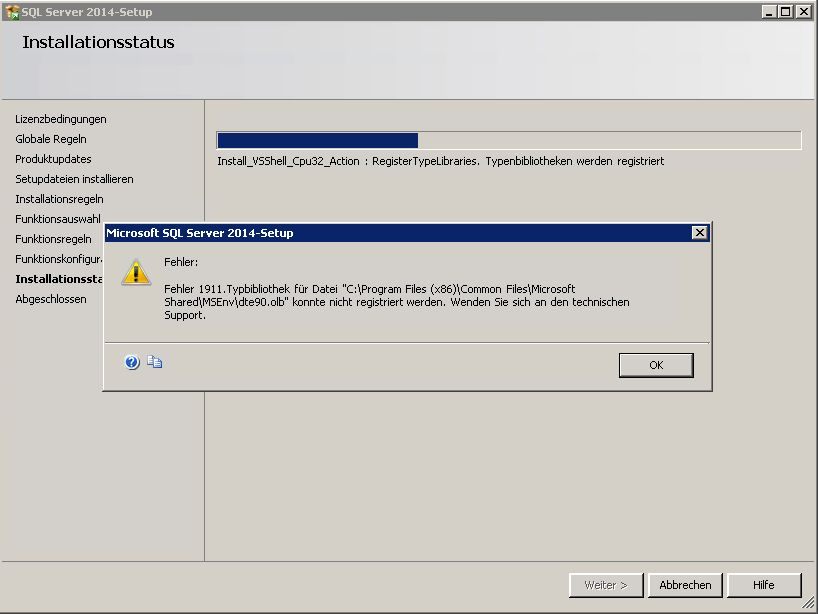


The deployment script is automatically generated.You can optional proceed anyway, or exit the wizard and research the issue.If the target database was changed externally from a DACPAC deployment (by making changes directly to the database), you are warned that the database was changed.The information in the DACPAC is compared with the target database.The default expected location is: C:\Users\\ Documents\SQL Server Management Studio\DAC Packages.Or where ever it was put if the file was provided to a DBA or other individual. It is located in the Bin\Debug directory of the database project on the developer’s machine. Use the Browse button to find and select the DACPAC file.It presents the set of steps that will be executed by the wizard. The Upgrade Data-tier Application wizard is displayed.Right-click on the database name and select Tasks | Upgrade Data-tier Application….Navigate the tree in the Object Explorer to the database to deploy to.Notice that in the example below, I am connecting to a SQL Server 2008 R2 SQL Express instance.Connect to the SQL Server Instance containing the database to deploy to.Here are the steps for deploying a DACPAC with SQL Server Management Studio 2012: However, you CAN use SQL Server Management Studio 2012 to connect to an older SQL Server instance, such as SQL Server 2005 or 2008 R2, and deploy a DACPAC. For SQL Server Management Studio 2008 R2, the steps are different and it only supports older versions of DACPACs. This post covers the steps for using SQL Server Management Studio 2012 to deploy a DACPAC.

So if the developers provide a DBA with a DACPAC, the DBA may prefer to use SQL Server Management Studio to deploy it. Many DBA’s are more comfortable using SQL Server Management Studio. This current post details how to deploy a DACPAC using SQL Server Management Studio. There are several different tools that you, the DBA, or another individual can use to deploy a DACPAC as defined in this prior post.


 0 kommentar(er)
0 kommentar(er)
